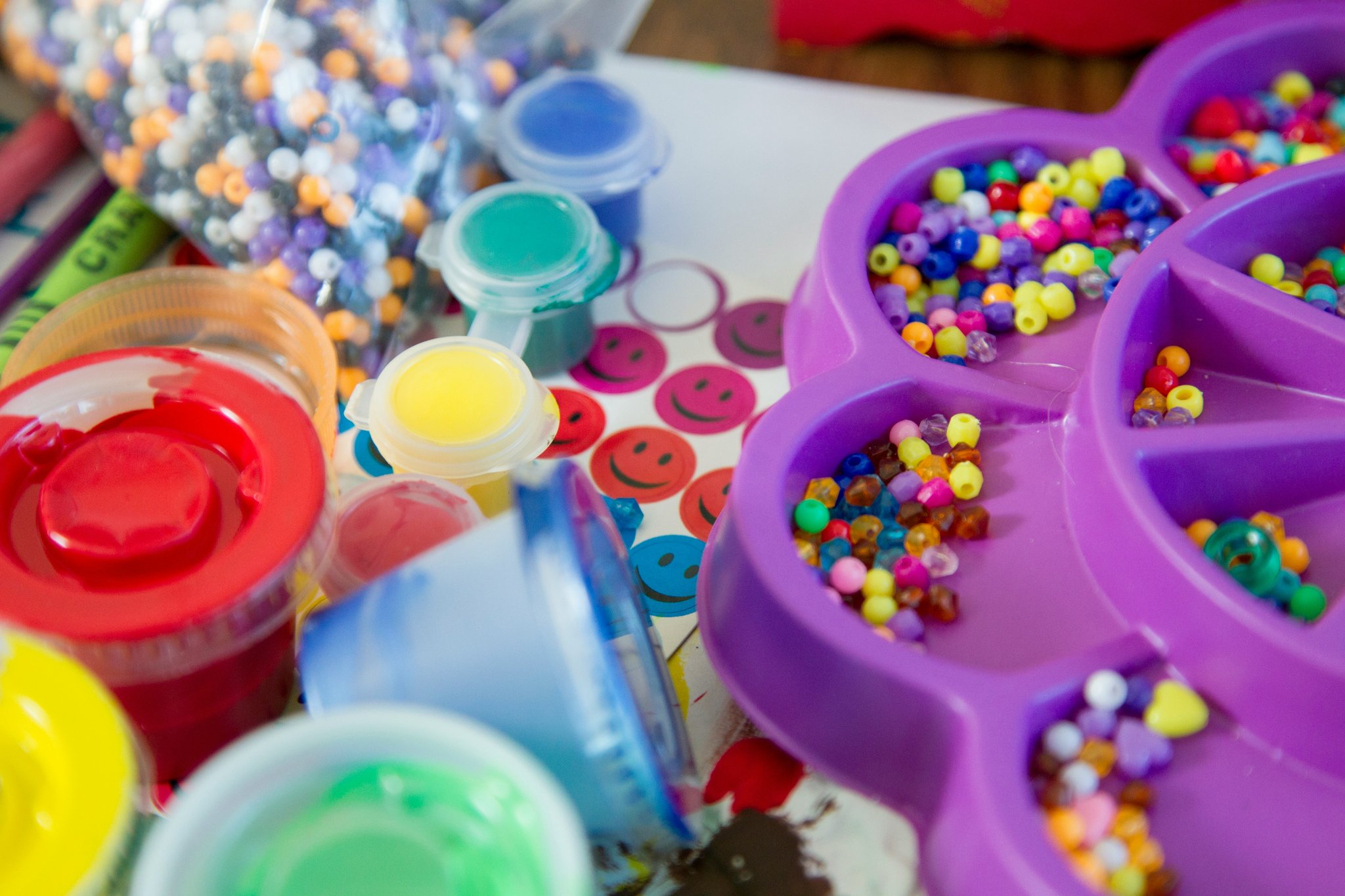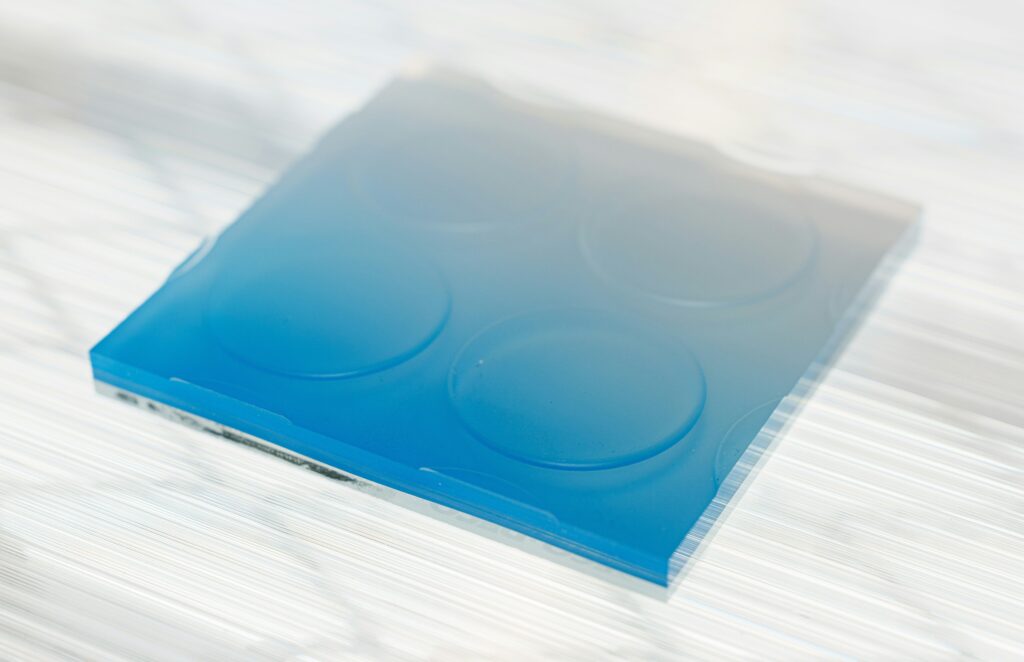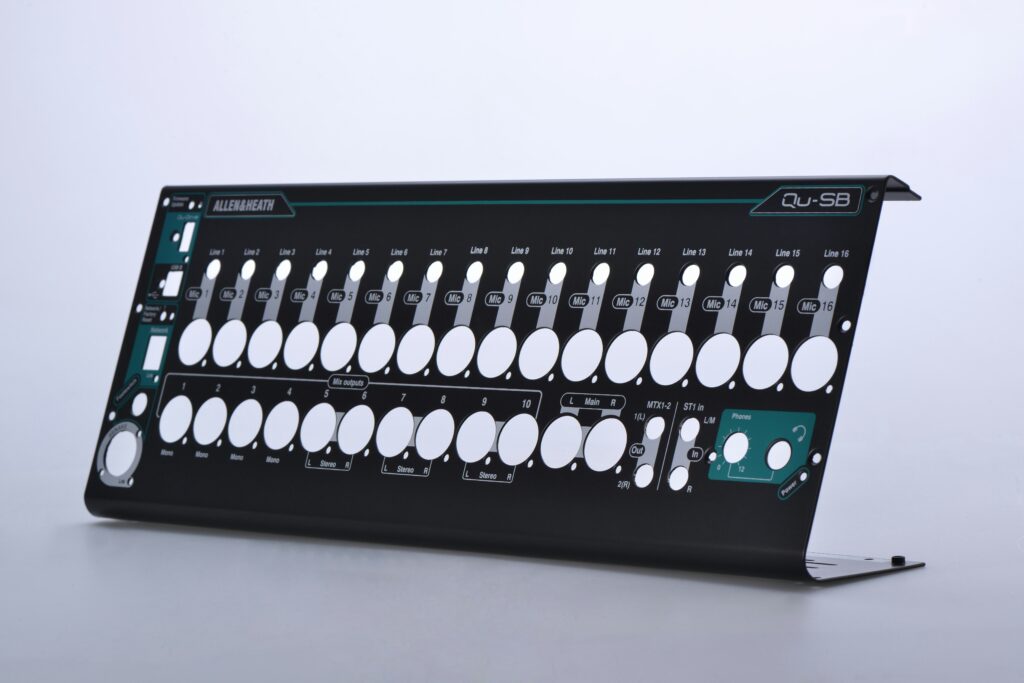Ever wondered why your dog’s breath smells like a dumpster fire? You’re not alone. According to the American Veterinary Dental College, over 80% of dogs and 70% of cats show signs of oral disease by age three. Yikes! But here’s the good news: there’s an easy, vet-approved solution—dental toys designed as a pet plaque reducer.
In this guide, you’ll learn everything from what causes plaque buildup in pets to how specific dental toys can help. We’ll cover actionable tips, product recommendations, and even some confessions about failed pet care strategies (spoiler alert: rubber balls don’t always work). Let’s dive into the nitty-gritty of keeping your pet’s teeth sparkling clean without breaking the bank.
Table of Contents
- Why Is Pet Dental Health So Important?
- Step-by-Step Guide to Choosing the Best Dental Toy
- Top Tips for Effective Plaque Reduction
- Real-Life Success Stories with Dental Toys
- FAQs About Pet Plaque Reducers
Key Takeaways
- Dental toys act as a natural pet plaque reducer, preventing harmful bacteria buildup.
- Pet oral health impacts their overall wellbeing—poor dental hygiene can lead to heart disease.
- Not all toys are created equal; choose products vetted for safety and effectiveness.
- Introduce dental toys early in your pet’s life to maximize preventative benefits.
Why Is Pet Dental Health So Important?

Let me start with a confession—I once ignored my Golden Retriever’s terrible breath because I thought it was normal. Spoiler: It wasn’t “normal.” One vet visit later, I learned his bad breath was a sign of serious plaque buildup.
Grumpy Me: “Who has time to brush a dog’s teeth?”
Optimist Me: “Turns out, if you don’t make time, they might end up needing expensive extractions or worse!”
Plaque isn’t just gross—it’s dangerous. If left untreated, it hardens into tartar, which can cause gingivitis, tooth decay, and systemic infections that affect the kidneys, liver, and heart. This is where our hero comes in—the humble dental toy. These magical chewables scrape away plaque while entertaining your furry friend.
Step-by-Step Guide to Choosing the Best Dental Toy
What Should You Look For in a Dental Toy?
Finding the right toy isn’t rocket science, but it does require some homework. Follow these steps:
- Check for Vet Approval: Look for toys labeled by organizations like VOHC (Veterinary Oral Health Council).
- Select Material Wisely: Opt for durable, non-toxic materials like rubber or nylon.
- Consider Size: Toys that are too small could pose choking hazards, while oversized ones might frustrate your pet.
- Add Fun Factor: Choose toys with textures, grooves, or treat compartments to engage your pet mentally and physically.
An Anti-Tip Warning
Terrible Tip Alert: Don’t buy cheap plastic toys thinking they’ll do the trick. They break easily, creating sharp edges that harm gums and teeth. Save yourself the regret!
Top Tips for Effective Plaque Reduction
Here are five tried-and-tested methods to supercharge your pet’s oral care routine:
- Mix Playtime with Cleaning: Rotate between interactive games and solo play sessions using dental toys.
- Pair With Treats: Some toys double as treat dispensers. Fill them with peanut butter or pet-safe spreads to encourage chewing.
- Inspect Regularly: Check toys frequently for wear and tear. Replace damaged toys promptly to avoid injury.
- Create a Schedule: Aim for at least 15 minutes of daily playtime focused on dental health.
- Combine Methods: Supplement toys with regular brushing using pet-safe toothpaste for optimal results.

Real-Life Success Stories with Dental Toys
Milo the Labrador’s Transformation
One of my clients, Milo the Lab, had perpetual drooling issues due to severe plaque buildup. After incorporating a textured rubber chew toy into his daily routine, his gums became pinker, his breath smelled fresher, and those scary brown stains disappeared!
Before photo: Yellowed teeth. After photo: Sparkling whites thanks to consistent use of quality dental toys.
A Rant About Overpriced Options
Okay, rant incoming: Why are some companies charging $40+ for basic dental toys when perfectly effective options exist under $15?! End rant.
FAQs About Pet Plaque Reducers
Are Dental Toys Enough to Prevent Bad Breath?
While highly effective, dental toys should ideally be paired with other practices like brushing and professional cleanings for comprehensive oral care.
Can Cats Benefit From Dental Toys Too?
Absolutely! While fewer options cater to felines, textured mouse-shaped chews and finger brushes work wonders.
How Often Should Toys Be Replaced?
Every 3–6 months, depending on usage and wear patterns.
Conclusion
Investing in a good pet plaque reducer like dental toys can save you money—and your pet unnecessary pain—in the long run. By incorporating these tools alongside proper care routines, you’re setting your fur baby up for a lifetime of fresh breath and healthy smiles.
So go ahead, spoil them with something that actually works. And remember, consistency is key. Like training wheels for your pup’s pearly whites, the payoff is worth every minute invested.
Like Frosted Flakes cereal ads used to say, “The taste you can see!” Except in this case, it’s the smile you won’t smell.


